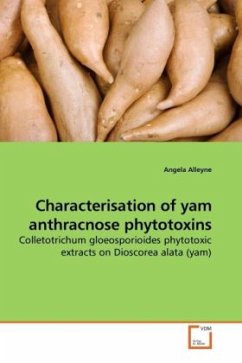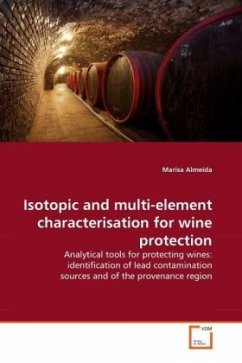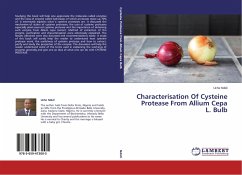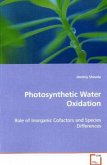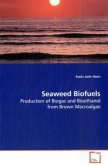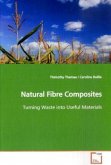Phytotoxin studies show that there may be a molecular basis for host-selectivity of both yam isolates and yam anthracnose phytotoxins. Structural analysis of phytotoxins produced by C. gloeosporioides isolates indicates that they are glycoproteins with both N- and O-glycosidic linkages. The estimated size of these phytotoxins was approximately 40kDa, which was reduced to 36KDa when treated with deglycosylation enzymes. Sugars accounted for 53 percent of the glycoprotein and consisted mannose, galactose, and rhamnose, while all amino acids except histidine, aspartic acid, glutamic acid and tryptophan were detected. Only the protein moiety of the glycoprotein was active on plants or plant cell suspensions. Antibodies raised against the phytotoxins were generally specific and able to recognise the antigen in the membrane fraction but not the cytoplasmic fraction of yam cell suspensions.
Bitte wählen Sie Ihr Anliegen aus.
Rechnungen
Retourenschein anfordern
Bestellstatus
Storno

